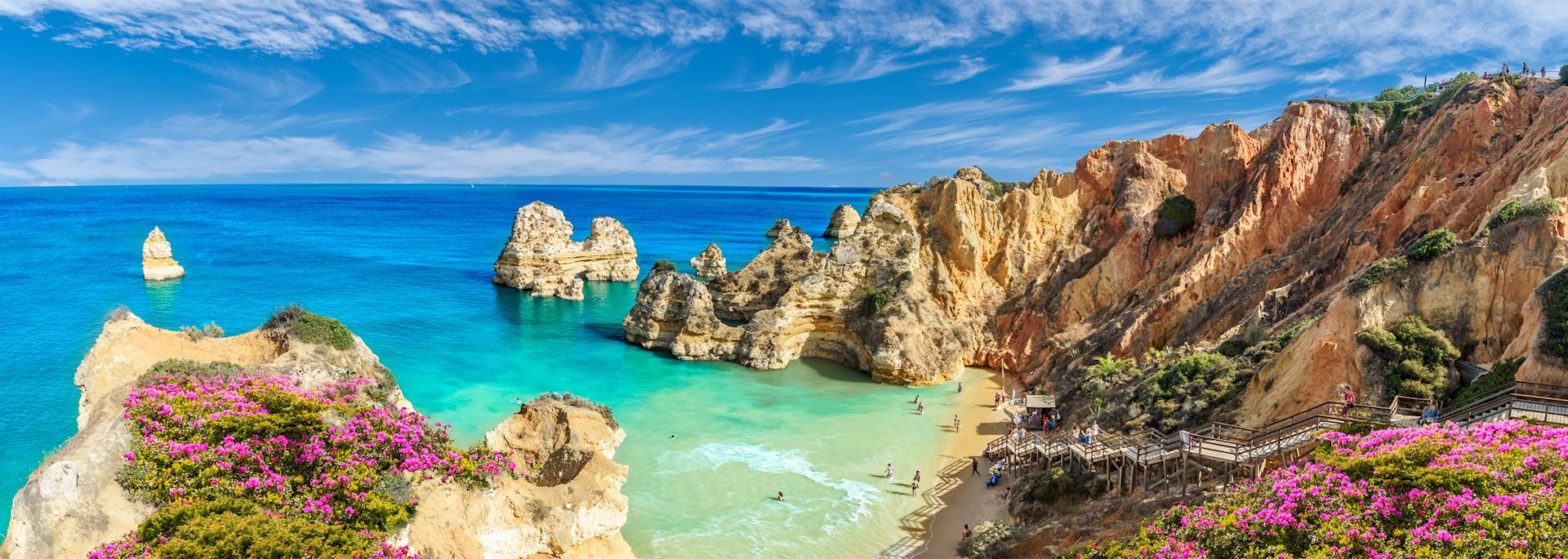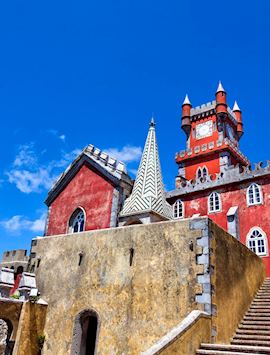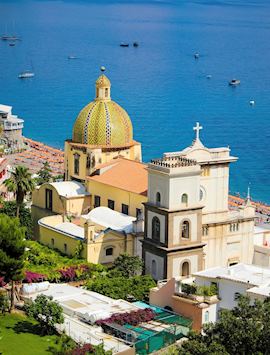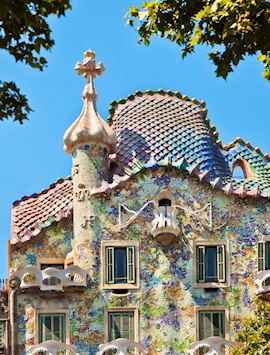It’s easy to get swept up in the romance of Europe’s cities, but don’t let all those urban attractions distract you from the continent’s wildly diverse natural landscapes.
If you know where to go, you can stand atop weather-worn mountains, hike through sun-baked hills or ancient forests, or watch the sun set over the wind-lashed waves of the Atlantic or the calm turquoise waters of the Mediterranean. Our specialists suggest the best options for getting outside on your trip to Europe.
Algarve, Portugal: Sandstone cliffs and secluded beaches
By Portugal specialist Geoff
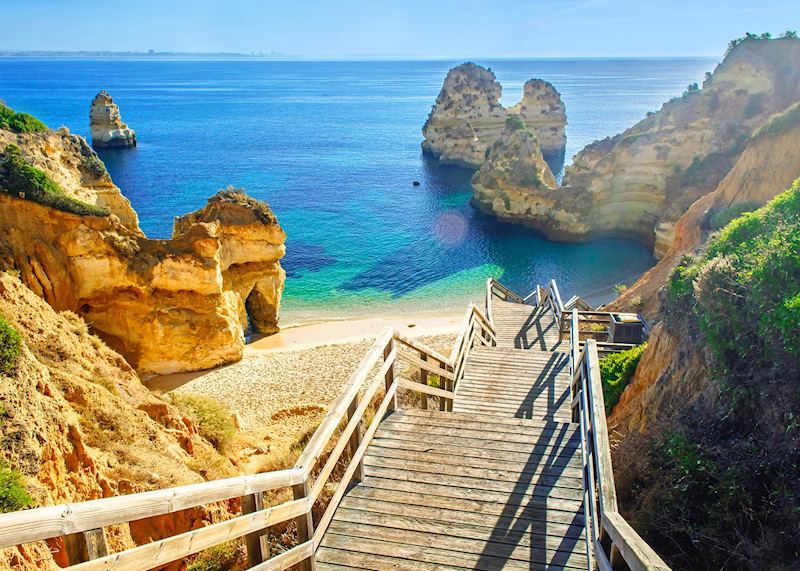
The Algarve is known for its coastline, which includes both sandy dunes and sandstone cliffs carved into arches and pillars. The area is popular, which means the beauty of the region’s beaches can be somewhat obscured by the throngs of sunbathers and large-scale hotels.
We can arrange for you to stay at a boutique hotel set in the hills above the coast. Guests can use the hotel’s shuttle to a secluded island, where you can enjoy the sand, sun and surf away from the crowds. But, to come away with a proper sense of the Algarve, I suggest a coastal walk along the western cliffs.
Along with your guide, you’ll take a path that follows the cliffs, and you can dart down to the occasional sandy cove for a swim. The most geologically interesting spot on the route is Ponta de Piedade, a sculpture garden of fantastical arches, grottoes and jagged rust-orange peaks that thrust out of the swirling turquoise shallows.
Nearby, you can pause for lunch at any of the seaside cafés that serve impeccably fresh seafood. If the combination of fresh air, a brisk walk and lunch leaves you feeling replete, you can opt to have your driver take you back to your hotel.
Alternatively, you can continue to Sagres, to visit the Cabo de São Vicente, a rocky promontory at the far edge of the continent that juts out high above the waves. With nothing but the Atlantic in front of you, there’s nothing to impede your views of the wind-lashed ocean.
Andalusia, Spain: White almond blossoms and black pigs
By Spain specialist Allan
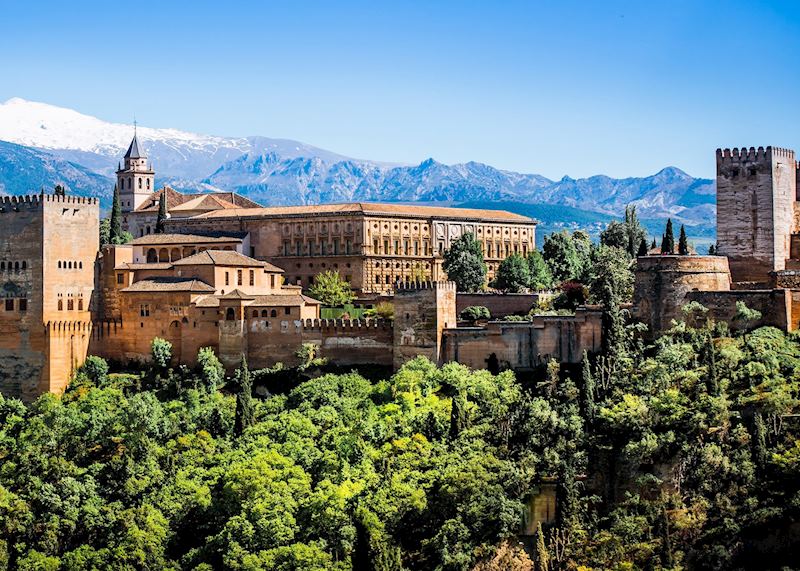
Known locally as the Alpujarras, the lower foothills of the Sierra Nevada Mountains were the last refuge of the Moors, who set up enclaves high in these hills after the fall of Granada. To explore these hills, I suggest a guided hike that will take you through these small villages, which boast white-stucco houses with flat roofs, like the ones in Morocco’s Rif or Atlas Mountains.
Perhaps the best example of this construction is in the tiny town of Pampaneira. Here, water channels still run down the middle of the streets, as they do in the Alhambra, and hand-woven blankets for sale hang on buildings, as they do in Moroccan towns like Chefchaouen.
Between the villages, you’ll walk through low hills of exposed stone and fragrant scrublands, populated with nimble goats and a myriad of birds, including the hoopoe, with its showy black-tipped crest.
I suggest visiting during Spain’s spring or autumn — it’s very hot in the summer. Also, if you visit in the spring, you’ll walk through almond orchards in bloom, their petals drifting down like snow to carpet the path.
The trees are also a main attraction on another guided hike that I suggest, in Huelva, the hilly province in western Andalusia. The area is known for its oaks, which drop an abundance of acorns, a vital fodder for the region’s black pigs that are the foundation for jamón ibérico. On your hike, you can opt to visit a farm and factory where the complex hams are produced in the traditional way.
The Sorrento Peninsula: Transparent kayaks and sea caves
By Italy specialist Molly
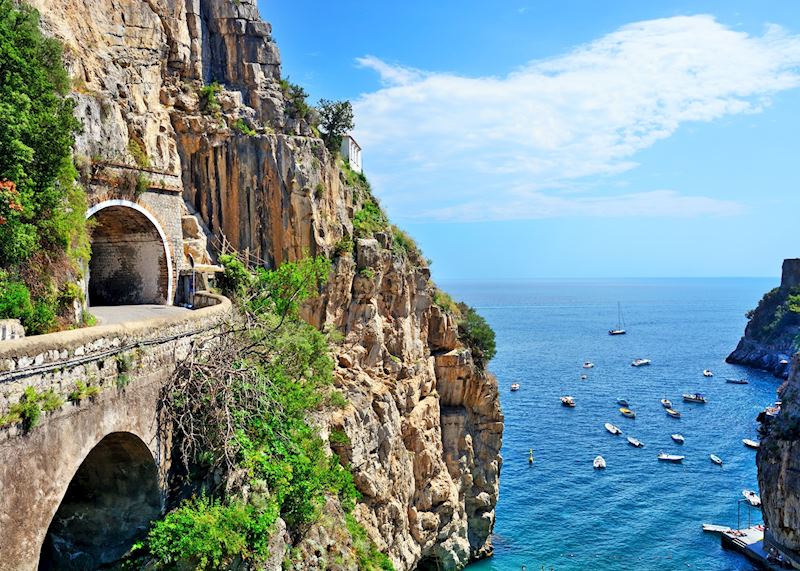
From Byron to Picasso, the Sorrento Peninsula has inspired artists with its endless sun, limestone cliffs and waters that shade from glimmering aquamarine to depthless cobalt. This is Homer’s wine-dark sea, a craggy coastline riddled with grottoes, pebble-strewn coves and sea caves.
The area off the northwest coast, near the town of Sorrento, is a protected marine reserve where motor-powered boats are forbidden. I think that the best way to explore here is on a guided tour in a transparent kayak.
My guide, Luca, had a big smile and a seemingly endless supply of information about the area, as he led me along the coast at an easy-to-follow pace. You can paddle along, listening to him as you watch the fish- and urchin-dotted seabed through the clear hull of your kayak, or pause to get out to swim and snorkel.
If you prefer land-based adventures, the peninsula boasts plenty of walking trails. The best known is the Path of the Gods, which runs from the mountain village of Bomerano to the town of Nocelle, passing through landscapes worthy of the divine moniker.
Despite that, I prefer a guided hike down the quieter Valley of the Mills, which runs from Ravello down to Amalfi. The downhill path follows the bottom of a steep, narrow crevasse past defunct mills now overgrown with ivy, ferns and small trees. Cool and shady, even in summer, it’s a quiet walk and you’re not likely to see more than one or two other visitors.
Start planning your trip to Europe
Start thinking about your experience. These itineraries are simply suggestions for how you could enjoy some of the same experiences as our specialists. They're just for inspiration, because your trip will be created around your particular tastes.
View All Tours in Europe
